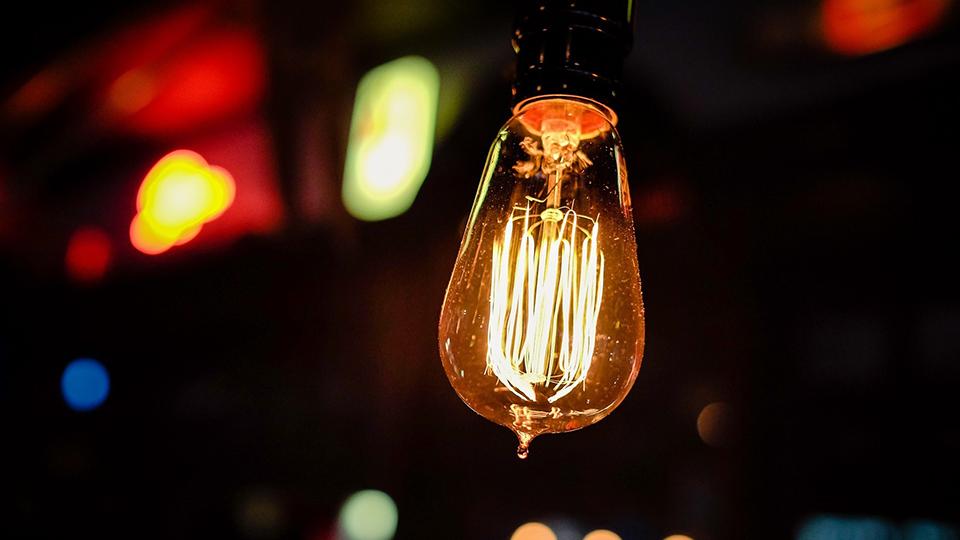Brainwaves suppress obvious ideas to help us think more creatively
Primary page content
The human brain needs to suppress obvious and common ideas in order to reach the most creative ones, according to research from scientists at Goldsmiths, University of London and Queen Mary University of London.

Creativity requires us to break from automatic habitual thinking but we know little about how this happens in our brain.
A new study published in Proceedings of the National Academy of Sciences demonstrates that alpha (around 10 cycles per second) brainwaves are crucially involved in this process.
Researchers found that these brainwaves - or alpha oscillations in the right temporal area of the brain - increase when individuals need to suppress the most obvious but misleading associations in creative problem solving.
Higher levels of alpha brainwaves in the right part of the brain enable people to come up with ideas which are further away from obvious or well-known ones.
The researchers have also shown that stimulating the right temporal part of the brain at the alpha frequency increases the capability of inhibiting obvious ideas in various types of creative thinking.
This was demonstrated by applying a tiny electrical current to the brain through a non-invasive technique called transcranial alternating current brain stimulation (tACS) which causes minimal to no side effects or sensations. The stimulation was more effective when applied to the right than to the left side of the brain.
The findings have implications for how we understand creativity, and it opens up potential ways of improving our creativity, including by using tACS.
The researchers hope to understand how these processes are integrated when solving creative problems out of the laboratory and whether it is possible to build stimulation devices which can monitor the brain and stimulate creativity in real-life situations.
Lead researcher Dr Caroline Di Bernardi Luft, from Queen Mary University of London, said: “If we need to generate alternative uses of a glass, first we must inhibit our past experience which leads us to think of a glass as a container. Our study’s novelty is to demonstrate that right temporal alpha oscillations is a key neural mechanism for overriding these obvious associations.
“In order to understand the processes underlying the production of novel and adequate ideas, we need to break down its constituent processes, dissecting creativity as much as possible at first, and then analysing them in context, putting them back together through careful consilience.”
The researchers demonstrated the mechanism responsible for creativity by monitoring the brain’s electrical activity through an electroencephalogram (EEG) which picks up electrical signals through small sensors placed on the head. Using tACS also enabled them to probe the brainwaves’ causal role.
The experiments they conducted looked at how the brain tackles a series of creative tasks. For example, every time we search for concepts associated with a word we start from stronger associations to move progressively towards weaker or more remote ones (eg. cat > dog > animal > pet > human > people > family).
Previous studies show that some people are more creative than others because they are able to avoid strong associations in order to reach more remote ones and this study demonstrates that the alpha brainwaves are crucially involved in this process.
Goldsmiths, University of London’s Professor Joydeep Bhattacharya, a co-author of this study, said: “’Two roads diverged in a wood, I took the one less travelled by. And that has made all the difference,’ wrote Robert Frost in his famous poem. Taking a less travelled route is needed for thinking creatively, and our findings provide some evidence on how this is done in our brain.”
Right temporal alpha oscillations as a neural mechanism for inhibiting obvious associations by Caroline Di Bernardi Luft, Ioanna Zioga, Nicholas Thompson, Michael Banissy and Joydeep Bhattacharya will be published in PNAS after Monday 10 December 2018. The research was performed in the framework of a European Commission supported project, CREAM (Creativity enhancement through advanced brain mapping and stimulation).